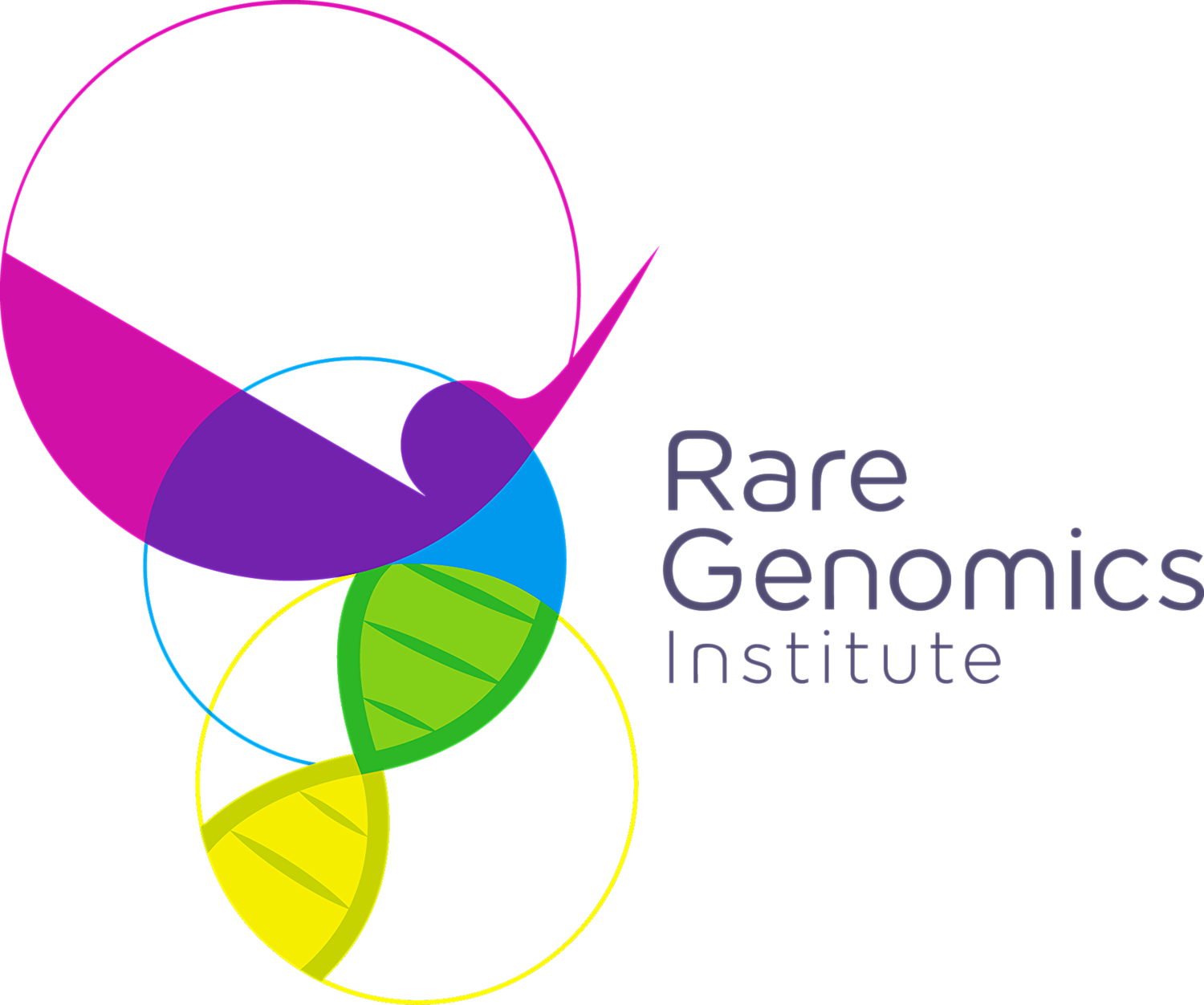Interview with RareWear Patient Heidi Woods
/The Rare Genomics Institute’s RareWear program connects rare disease patients to medical device providers, which offer free devices to help patients to better monitor and manage their conditions. RareWear is an ongoing program and patients are welcome to apply throughout the year. Learn more about RareWear here: https://www.raregenomics.org/rarewear/home.
Heidi Woods is a RareWear participant who began using her device, a Holter monitor to measure heart rate, earlier this year. Heidi was diagnosed with Ehlers-Danlos syndrome in 2009. Heidi graciously shared her story with us in the hope of helping others who might benefit from the RareWear program.
What’s your rare disease story?
I have Ehlers-Danlos syndrome (EDS), an autonomic dysfunction. I was born with it. I’m 55 right now. I also have Paroxysmal Supraventricular Tachycardia (PSVT), which I ignored for some time because I was working nights and I’m a single mom. I ended up in the ER, doing a tilt table test, to see why I would pass out regularly. Eventually, a doctor and a geneticist in Chicago diagnosed me with EDS. It’s all a game of symptom management. There’s simply nothing else you can do. Medications I use to help with one thing can affect another. I change meds a lot, depending on the season, or time of the year.
What have been your various diagnoses?
I was hyper-mobile as a kid, and never thought I had a problem, though I’ve had migraines since I was 19 years old. The only reason I ended up in the ER in the first place was that I was driving and I had a supraventricular tachycardia (SVT) that just wouldn’t go away. Because Ehlers affects connective tissues, it has far reaching consequences. I’ve been diagnosed with dysautonomia, intussusception, and Osgood–Schlatter’s, which is basically defined as growing unevenly. Now doctors think all those other diagnoses are related to connective tissue issues caused by EDS.
How have your symptoms evolved since the first onset?
I didn’t get diagnosed until later in life, but never knowing until I was 45 was not necessarily a bad thing. There wasn’t anything dramatically wrong with me. Having a diagnosis would have helped me put other health issues into perspective. Also, I’m a nurse. I had to back away from all of it because of the physical demands of the job. EDS absolutely affects my quality of life. I can’t really do anything like I used to.
What have you learned over the years of living with a rare disease?
I know now that I don’t have control over my disease. My blood pressure could be up or down, for example. I also have vasospasms, and as a compromise, I take caffeine in the morning. The goal for the day is usually to not faint. I never went to the doctor before I was diagnosed, so I was really fortunate with a quick diagnosis. Some people aren’t so lucky.
What made you apply for the RareWear program?
Being in healthcare and being a patient is very harrowing. People think you know more than you know. My major focus in life is education. You can feel helpless much of the time, so if there’s a way I can help, or to be a conduit to support a device that helps, why not? Devices are extraordinarily beneficial: doctors can see in real time what you try to explain to them. Without a device, you don’t have good information. A spike in heart rate could be anxiety or it could be a cardiac arrhythmia.
Do you have any advice for those considering the RareWear program?
Diagnostically, these devices are imperative. What you think is going on, and what is actually going on can be two different things. People can’t help if you if they don’t know what’s happening. This is a good opportunity for people like me; frustrated with not being able to help themselves, and open to helping others.
